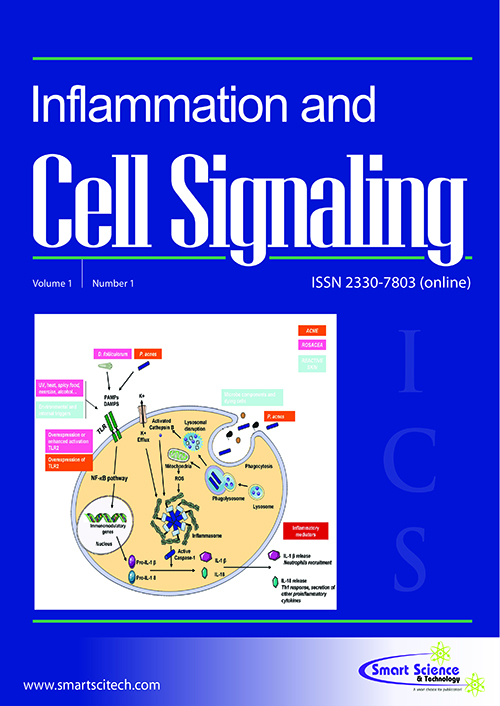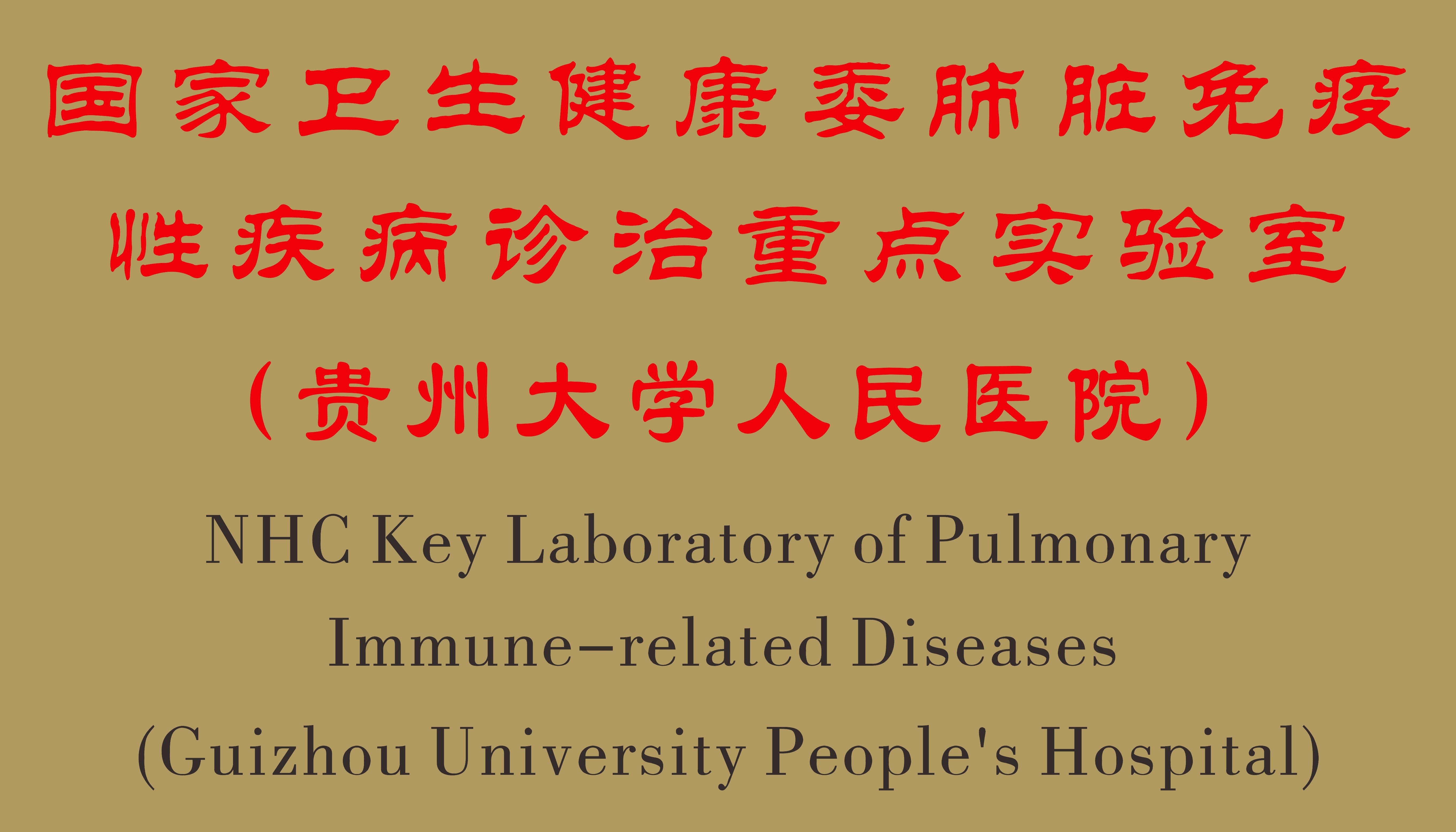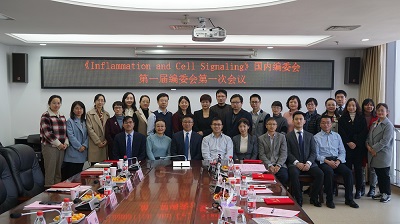Turning chemoattractant receptors on and off with conventional ligands and allosteric modulators: recent advances in formyl peptide receptor signaling and regulation
DOI: 10.14800/ics.73
Abstract
Recruitment and activation of neutrophils at sites of infection/inflammation relies largely on the surface expression of G-protein coupled receptors (GPCRs) that recognize chemoattractants. One of these receptors, FPR1, for which formylated peptides generated by bacteria and mitochondria are high affinity agonists, was among the first human neutrophil GPCR to being cloned. This receptor shares large sequence homologies with FPR2, another member of the FPR-family expressed in human neutrophils and having a distinct ligand binding profile. The two FPRs transduce very similar neutrophil responses but possess somewhat different regulatory profiles. The FPRs have served as excellent model receptors in studies attempting to understand not only GPCR related regulation in general, but also receptor signaling in relation to innate immune reactivity and inflammation. Recent research has identified not only a large number of conventional ligands (agonist/antagonists) that regulate FPR activities by binding to surface exposed parts of the receptors, but also a number of membrane penetrating molecules that allosterically modulate receptor function after passing the membrane and interacting with the receptor on the cytosolic side. After activation, FPR signaling is rapidly terminated and the receptors become desensitized, a dormant state that can be achieved by multiple mechanisms. A coupling of the activated receptors to the actin cytoskeleton in a process that physically separates the receptors from the signaling G-protein is one such mechanism. Traditionally, the desensitized state has been viewed as a point of no return, but recent findings challenge this view and demonstrate that desensitized FPRs may in fact be reactivated to resume active signaling. The FPRs have also the capacity to communicate with other receptors in a hierarchical manner and this receptor cross-talk can both dampen and amplify neutrophil responses. In this review, we summarize some recent advances of our understanding how the FPRs can be turned on and off and discuss some future challenges, including mechanisms of allosteric modulation, receptor cross-talk, and FPR reactivation.














